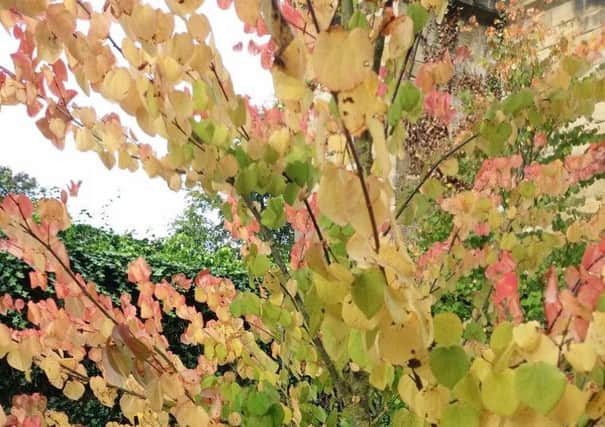Bring on the autumn colour-fest


Although green chlorophyll dominates most leaves and is central to the food-making process, carotenoids (yellow, orange and brown) are also ever-present. It’s only when photosynthesis slows down in autumn and remaining chlorophyll is re-absorbed that we see the colours appear.
Anthocyanin is responsible for the spectacular red leaves, but more importantly, it facilitates the transfer of nutrients back into the plant before the leaves fall.
Advertisement
Hide AdAdvertisement
Hide AdWeather conditions throughout a growing year have a collective impact on the autumn leaf colour. The best and longest-lasting displays come when there’s been a warm, wet spring followed by a summer without extremes of hot or cold, plus moisture. Warm, sunny days with cool nights extend the show.
Two trees, Gleditsia triacanthos Sunburst and Cercidiphyllum japonicum, commonly the Katsura tree, were amongst the early colour changers I saw last week.
Gleditsia leaves turn into a gorgeous yellow, and those of cercidiphyllum become yellow, orange and red. If you are walking under the latter soon after leaf-fall, pick a handful up and see if you detect the burnt sugar fragrance that emanates from them.